Vietnam National Museum of History
Description
Vietnam’s Vietnam National Museum of History is located in the Hoan Kiem neighborhood of Hanoi. The museum building, constructed in 1910 as an archaeological research center for the French School of the Far East (Louis Finot École francaise d’Extrême-Orient EFEO) during French colonial administration, underwent substantial renovations in 1920. Between 1926 and 1932, architect Ernest Hébrard redesigned it. In 1958, the museum was purchased by the government of North Vietnam, which is now the government of Vietnam. The artifact collections were then enlarged to include eastern arts and national history.
Prior to the August 1945 Revolution, the museum focuses on Vietnam’s prehistory (about 300,000–400,000 years ago). It displays nearly two hundred thousand artifacts from prehistory until the formation of the Democratic Republic of Vietnam in 1947, organized into five primary divisions.
- Opening hours: Every day except 1st Monday of each month.
- Morning: from 8.00 – 12.00
- Afternoon: from 13.30 – 17.00
- Entrance fee: 40,000VND / person = US$1.80
History
The museum building was formerly the archeological research facility of the French School of the Far East during French colonial authority, which opened in 1910 (Louis Finot École francaise d’Extrême-Orient EFEO). The architect Ernest Hébrard renovated this structure between 1926 and 1932. Extensive renovations took place around 1920. It is seen as a combination of French colonial and traditional Vietnamese architecture, commonly known as Indochina architecture. In 1958, the government of North Vietnam purchased the museum and extended its relic collections to include eastern arts and national history. It was officially opened to the public on September 3, 1958. The museum’s displays cover Vietnam’s prehistory (about 300,000–400,000 years ago) until the August 1945 Revolution.
Exhibits
Artifacts from the Hung and Neolithic periods, the Bronze Age, including as axe heads, and the Cham period are on display at the museum. There is a frightening sculpture of Quan Am, the Goddess of Mercy, that has 1,000 eyes and arms. Dresses and other artifacts from the 13th ruler of the Nguyn dynasty are also on show. The enormous Dong Son drums, which are emblematic of Vietnamese culture, are among these items. Up until 1400 A.D., the ground-level exhibit features stone tools, pottery, and decorations. On the first level, the exhibits pertain to the monarchical reign from the Dinh and Le eras of 900 A.D. through Vietnam’s last emperors; they are beautiful artifacts such as a chest of drawers inlaid with mother-of-pearl, cylindrical containers of enamel (funeral jars), pottery, and colorful lacquer ware. A stele discovered during an archaeological excavation with an inscription at a monument named G1 and consecrated to the god Harivamsesvara by Harivarman I (about 1130) is conserved in the museum. The exhibits of new artifacts encompass Central Vietnam, Central Highlands, South Vietnam, and an old shipwreck near Cu Lao Cham Island. There is English signage at the museum, although it is insufficient to describe all of the exhibits.
In order to disseminate Vietnam’s history from antiquity to the present, the Museum management prepared an exhibition of 450 items (416 from 13 Vietnamese institutions and the remainder from 8 European museums) from September 2003 through November 2004 in Austria and Belgium. This show, entitled “Vietnam – Past and Present,” was sponsored by the Royal Museum of Arts and History of Belgium and the Vienna Ethnology Museum of the Austrian Republic.
Location
The Museum is situated in the centre of Hanoi in close proximity to numerous sacred landmarks, including the Opera House, Trang Tien Street, Turtle Tower, Hoan Kiem Lake, The Huc Bridge, Ngoc Son Temple, and But Thap Tower.
The first building is located at No. 1 Trang Tien Street (Vietnamese History from the Prehistoric period to the Nguyen dynasty, 1945) and the second building is located at No. 216 Tran Quang Khai Street (Vietnamese History from the mid-19th century to present).
The VNMH has been under construction for years on the western shore of the West Lake. This is anticipated to be a contemporary museum of world-class quality.
Gallery / Photos
Working Hours
- Monday 8:00 AM - 12:00 PM1:30 PM - 5:00 PM
- Tuesday 8:00 AM - 12:00 PM1:30 PM - 5:05 PM
- Wednesday 8:00 AM - 12:00 PM1:30 PM - 5:00 PM
- Thursday 8:00 AM - 12:00 PM1:30 PM - 5:00 PM
- Friday 8:00 AM - 12:00 PM1:30 PM - 5:00 PM
- Saturday 8:00 AM - 12:00 PM1:30 PM - 5:00 PM
- Sunday 8:00 AM - 12:00 PM1:30 PM - 5:00 PM

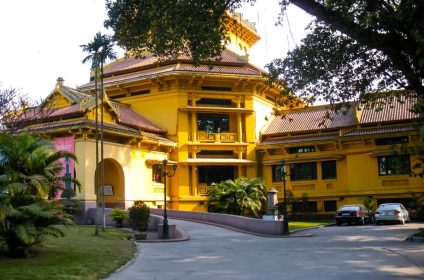
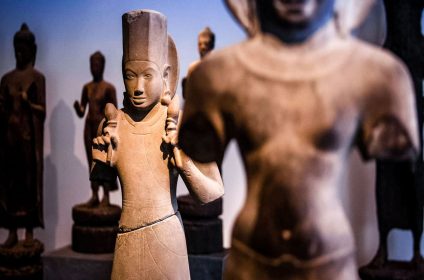
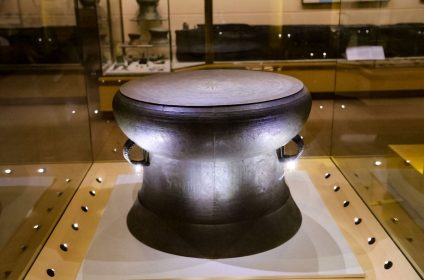
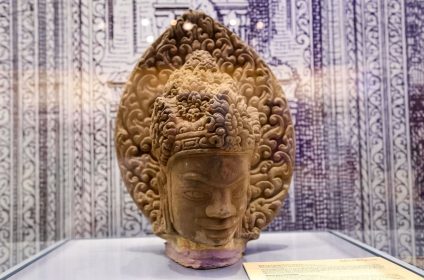
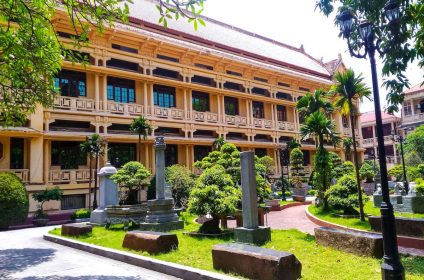
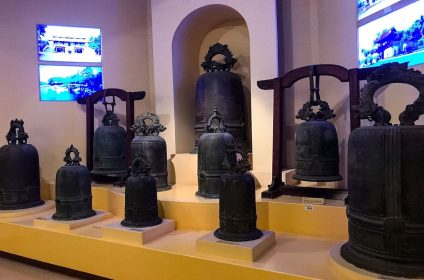
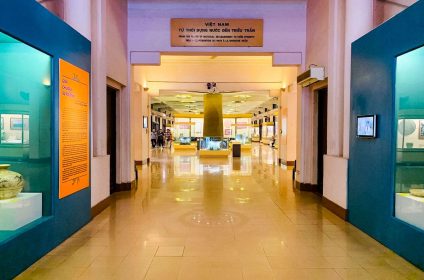
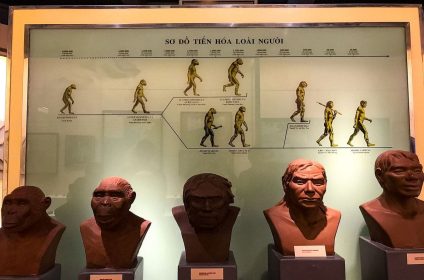
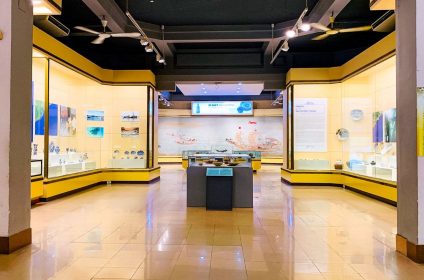
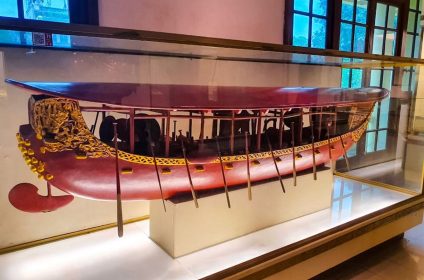
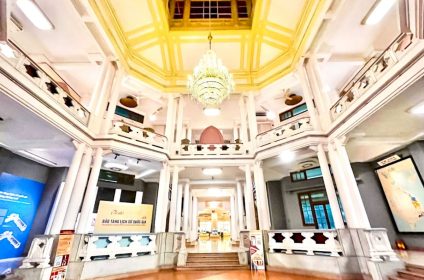
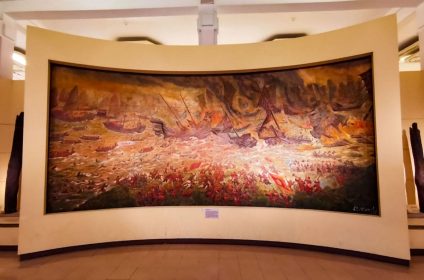
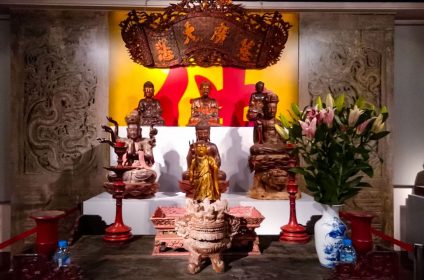
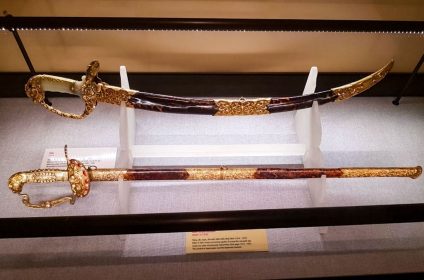
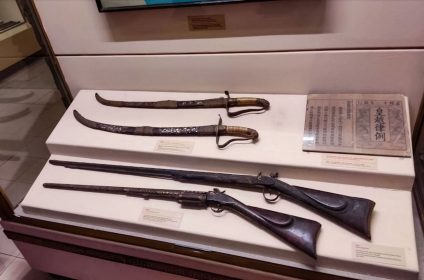
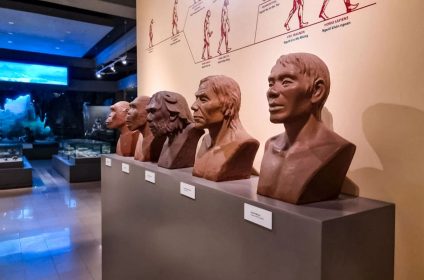
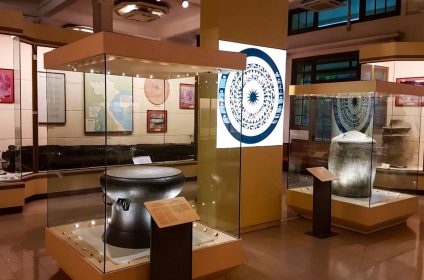
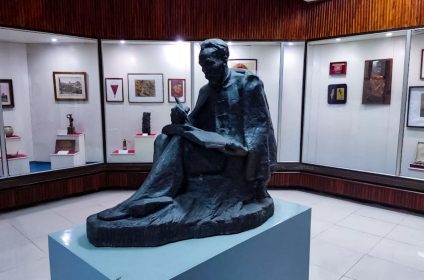
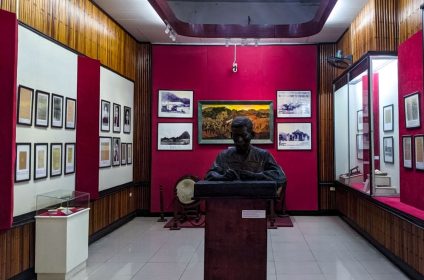

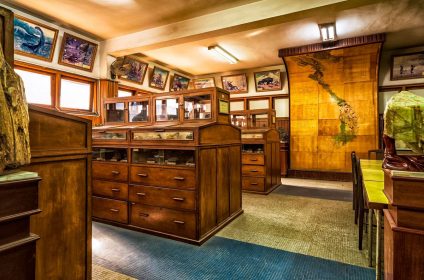

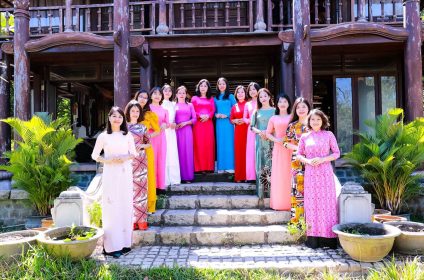
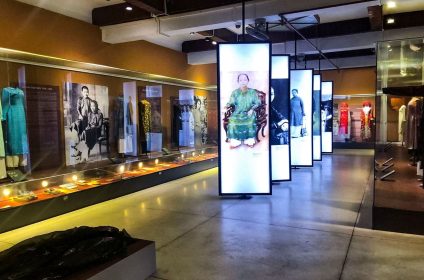










Add Review